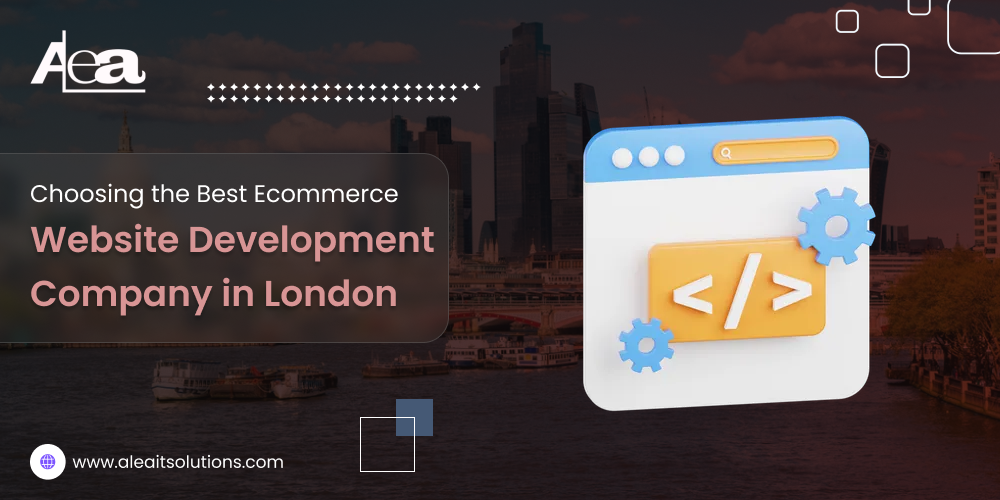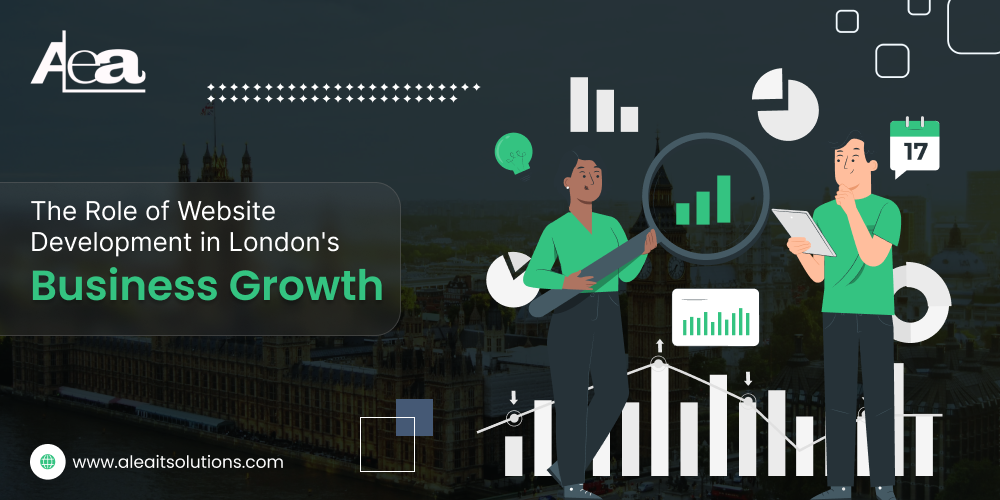In terms of IT services, the engagement model is the framework that governs how vendors deliver IT services to their clients. It is part of the delivery of those services. Basically, it is a description of the process of engagement between the parties. It includes the duration of the agreement, the obligations, the responsibilities, and the commitments of both parties, depending on the perspectives of each party. An organization has to follow a particular engagement model based on the type of contract and the business requirements. There are a number of engagement models available depending on the type of contract.
Let’s have a look at the different client engagement models and the scenarios, they fit in:
The Fixed Price Model:
This Engagement model is completely dependent upon the pre-determined project cost. It is considered the ideal model to be applied if you have a pre-defined set of requirements for the application that you wish to develop. The project cost and the scope are clearly defined at the time of signing the contract and as per that the execution is done. The project costs in these types of projects have their pre-defined payment milestones as per the course of completion of the part of the project. This arrangement enables the client to have an idea of the continuous progress of their project as per the time and the payment due to which the risk can also be minimized. It is better to be prepared that the scope may slightly change during the course of the project as per time. In such cases management process is changed where the time and cost are revised with the approval of both parties.
The Time and Material Model:
This Engagement model is generally used in its abbreviated form, T&M Model. This model is involved in a situation where the project scope is dynamic and can evolve with time. The vendor agrees to provide pre-defined skill sets and time-based billing rates for each resource type. This generally comes into the scene where we have continuous product evolution programming, complex large-scale projects, research and consulting assignments, solution designs, and support and maintenance contracts.
Many times this engagement model is considered as a Requirement Analysis exercise in order to reach the defined scope and to push it into the Fixed Price Model category. The most important facility that this model provides is to change the project as per the technology and market trends or business priorities.
Off-Shore Development Center:
This Engagement model involves teams that are an extension of the client’s team that is placed at different locations. This can be maintained by the offshore team that has proven offshore delivery capabilities. This provides benefits as the team can be scaled up and down as per the requirement. A team provided by ODC offers a set of resources with relevant and predefined skill sets to which the client has full access to monitor or change or track the work.
- The SLA/Milestone-Based Model: In this client engagement model, the vendor aims to deliver specified milestones of the project. This proves to be well in terms of delivery as the milestones are predefined and with no ambiguity and the roles and responsibilities are clearly demarcated by the parties.
- IT Staff Augmentation: This model allows clients to spruce up their in-house team with resources supplied by vendor companies. This model allows flexibility in scaling up teams as per seasonal demands and also proved to be cost-effective as there is no need to hire a full-time employee. It is good when you have to go with a QA requirement with the work done by the in-house teams.
There is no “best” universal client engagement model to match every company’s needs. We offer a full spectrum of engagement options to suit your business needs; to help you enjoy the benefits of external expertise, cost management, and risk mitigation.






